Spotted sailfin pleco - Glyptoperichthys gibbiceps
Scientific name: Glyptoperichthys gibbiceps
Common name: Spotted sailfin pleco
Family: Loricariidae
Usual size in fish tanks: 45 - 50 cm (17.72 - 19.69 inch)
014
Recommended pH range: 6 - 8
Recommended water hardness: 4 - 18°N (71.43 - 321.43ppm)
0°C 32°F30°C 86°F
Recommended temperature range: 23 - 30 °C (73.4 - 86°F)
The way how these fish reproduce: Spawning
Where the species comes from: South America
Temperament to its own species: peaceful
Temperament toward other fish species: peaceful
Usual place in the tank: Bottom levels
Origin
The spotted sailfin pleco can be found in South America, namely the water ways of the Amazonian and Orinoco basins situated in Brazil, Venezuela, Peru and Ecuador.
Lifespan
Usually up to 10 years. However, 15 years lifespan has been reported.
General information
The spotted sailfin pleco can grow up to quite a large size in the aquarium when they are mature, they are sold as small juveniles but make sure that you can house them correctly as adults. Adult specimens can reach a length of up to 50 cm so make sure that the aquarium is three times as long as their length and twice as wide. They are not nocturnal but will hide away a lot on the daytime, provide hiding places by adding décor such as wood or rocks, it is thought that wood is part of their diet helping them to digest their food so bear this in mind.
They do become active in the evenings so this is probably the best time to offer them food.
Feeding
The spotted sailfin pleco is often added to the aquarium as a cleaner, digesting any algae present but they still have their own dietary needs besides this trait. They are classed as omnivorous and as such require a mix of vegetable matter and meaty foods. They can be fed on chopped earthworms, blood worms or chopped shrimps, for vegetable matter offer them lettuce (not romaine), cucumber, courgettes or blanched spinach.
It is best to feed them in the evenings as well as early mornings and younger specimens may require feeding three times a day.
Sexing
Males’ and females’ bellies differ. Since females are those who lay eggs, their bellies should be rounder a bit. On the other hand, if fish are overfed their bellies look the same.
Breeding
Due to the large size of these fish it is very hard to breed, they require a lot of space and commercial breeders will breed them in outdoor ponds as long as they are housed in warmer climates. Aquarium spawnings are virtually unrecorded, in the wild they are classed as cave spawners meaning that they will use holes and burrows in river banks to deposit their eggs.
Other information
Also known as Leopard pleco.
Useful links: fishbase.org/Summary/SpeciesSummary.php?id=12219, scotcat.com/factsheets/g_gibbiceps.htm
Pictures
Some pictures were bought.
















 Adonis
Adonis  Lyre
Lyre  Bristlenose
Bristlenose  Gold
Gold  Bushymouth
Bushymouth  Spotted
Spotted 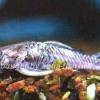 Medusa
Medusa  Bristlenose
Bristlenose 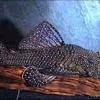 Starlight
Starlight  Spotted
Spotted  Catfish
Catfish  Bushynose
Bushynose  Bristlenose
Bristlenose  Green
Green  LDA-33
LDA-33  Snowflake
Snowflake  Gold
Gold  Gold
Gold  Bulldog
Bulldog  Dasyloricaria
Dasyloricaria  Butterfly
Butterfly  Whiptail
Whiptail  Amazon
Amazon  Twig
Twig  Spotted
Spotted  Lemon
Lemon  Pleco
Pleco  Peruvian
Peruvian  Zebra
Zebra  Pleco
Pleco  Hypostomus
Hypostomus  Pleco
Pleco  Suckermouth
Suckermouth  Spotted
Spotted  Woodeating
Woodeating  Golden
Golden 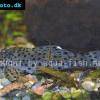 Sultan
Sultan  Multiradiatus
Multiradiatus  Marbled
Marbled  Pleco
Pleco  Dwarf
Dwarf 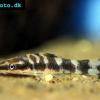 Dwarf
Dwarf  Dwarf
Dwarf 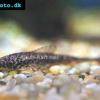 Oxyropsis
Oxyropsis  Orange
Orange  Blue
Blue  Clown
Clown  Royal
Royal  Blue
Blue  Rubber
Rubber  Goby
Goby  Wormline
Wormline  Para
Para  Tiger
Tiger 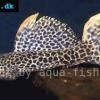 Leopard
Leopard  Spiny
Spiny 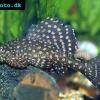 Marbled
Marbled 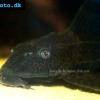 Amazon
Amazon  Common
Common  Sunshine
Sunshine  Golden
Golden